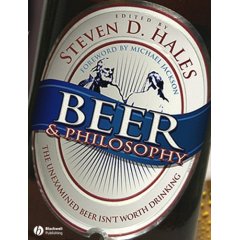 Would you trust a philosopher with your beer?
Would you trust a philosopher with your beer?
Is that in itself a philosophical question?
To tell the truth, even though I was careful to bite off portions of the book in small chunks, after reading Beer and Philosophy: The Unexamined Beer Isn’t Worth Drinking I’m not exactly sure about either. I seem to have reached philosophy overload.
Which is not to say I didn’t enjoy myself throughout.
This is a great collection for a book club to tackle. Read a chapter a week and discuss at the local pub. After after finishing this book the club could move onto to the other two in this “Epicurean Trilogy,” Food & Philosophy and Wine & Philosophy
. I’d suggest discussions continue at the local pub rather than moving on to a wine bar.
And after that? Southpark & Philosophy and 24 & Philosophy should be out. Really. It seems publisher Wiley-Blackwell has quite a franchise going here.
Philosophers who have a certain affection for beer wrote most of the essays. There’s also Alan McLeod from A Good Beer Blog representing the blogosphere, as well as philosophical brewers Sam Calagione and Garrett Oliver.
The topics include many — quality, pricing, authenticity, etc. — that pop up here. Also some you don’t see in your basic beer blog. Such as an inspection of Immanuel Kant’s transcendental idealism through beer goggles.
I particularly liked editor Steven D. Hales contribution. He uses the philosophy of John Stuart Mill to examine this question: If you had $30 to spend on beer, would you be better off spending it on a single case of Pilsner Urquell or two cases of Miller Lite? Don Russell recently covered this in nice detail. Take a look and come back. Carefully consider Hale’s argument that quality is the density of pleasure. Could be a New Beer Rule.
And if you don’t have a book club to share thoughts with? Jeff Alworth has suggested this book will provide blogging fodder for quite a while. I have to agree.
Perhaps that’s what Michael Jackson was predicting in the foreword (a delightful surprise to find at the outset) when he wrote: “When I grow up, I want to be a philosopher.”
As Hales points out in his introduction it all comes down to Plato — degrees Plato or the guy who keeps popping up in this book.

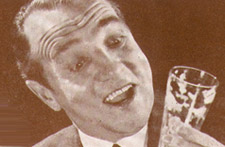 What if the American beer clock had stopped in 1962?
What if the American beer clock had stopped in 1962?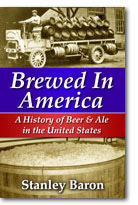 A quick aside: Beerbooks.com has reproduced
A quick aside: Beerbooks.com has reproduced 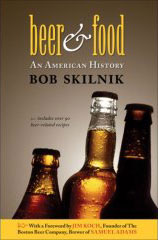 So would you call
So would you call 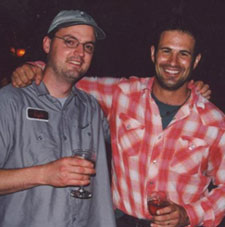 Calagione (pictured here in plaid; that’s Vinnie Cilurzo of Russian River Brewing with him, not Old – and that’s beer in their glasses, not wine) and Old recently have been conducting a series of dinner competitions.
Calagione (pictured here in plaid; that’s Vinnie Cilurzo of Russian River Brewing with him, not Old – and that’s beer in their glasses, not wine) and Old recently have been conducting a series of dinner competitions.